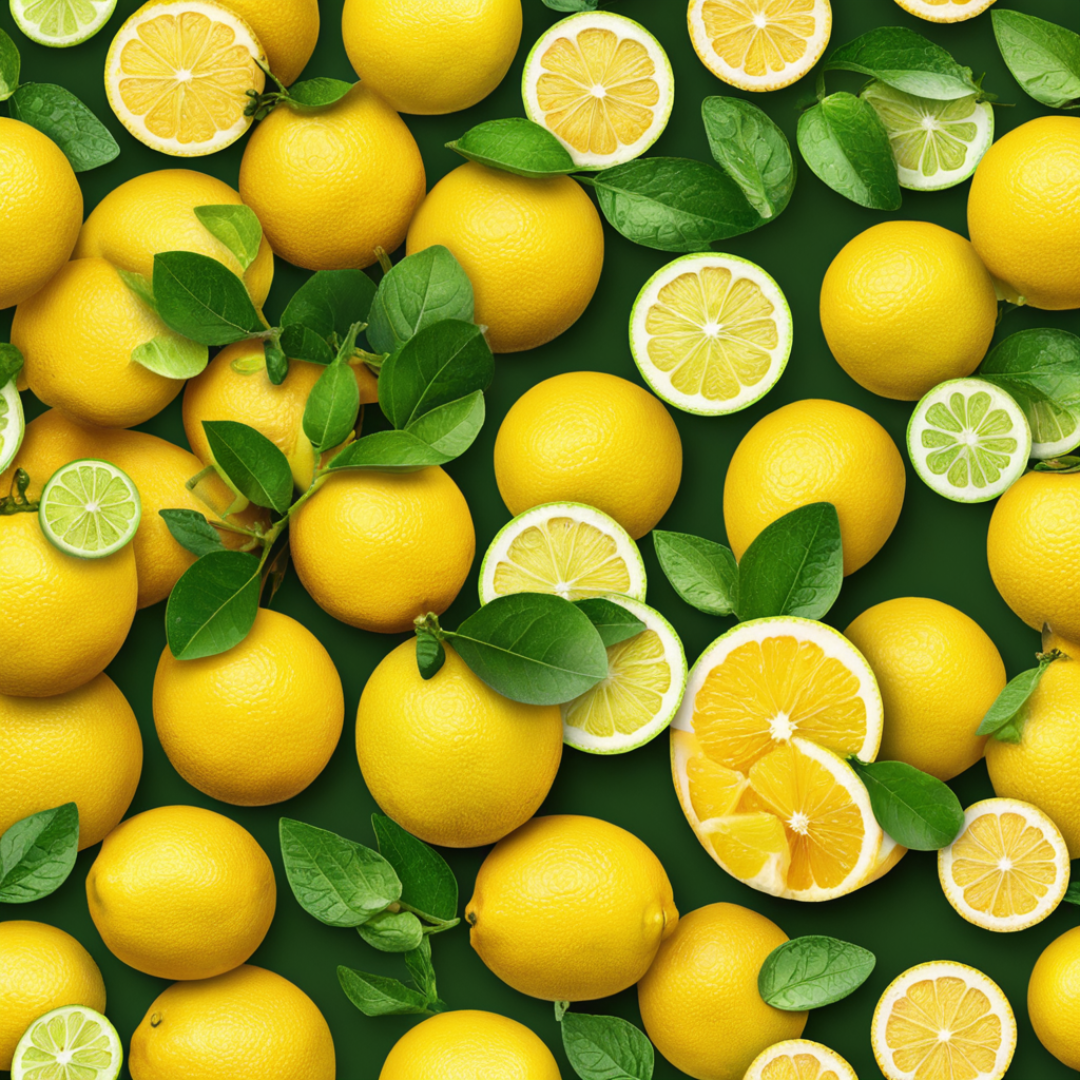Are There Different Kinds of Citrus Bergamot?

Citrus Bergamot, botanically named Citrus bergamia, is a remarkable and highly esteemed fruit primarily found in Southern Calabria, Italy. Although only one true Citrus Bergamot exists, a common misunderstanding has led to some online confusion. This article intends to enlighten readers about the high potency and advantageous properties of Southern Calabrian Citrus Bergamot, the differences between real Citrus Bergamot and the mistakenly identified makrut lime, and the other types of Citrus Bergamot grown around the world.
The True Citrus Bergamot: Southern Calabrian Treasure
Citrus Bergamot is exclusively cultivated in the Southern Calabrian region of Italy, where the unique climate and soil conditions create the perfect environment for this exceptional fruit. The round, yellow, and smooth fruit is renowned for its potent health benefits and aromatic properties.
High Potency and BPF (Bergamot Polyphenolic Fraction)
One of the standout features of Southern Calabrian Citrus Bergamot is its high potency and concentration of beneficial compounds, specifically the Bergamot Polyphenolic Fraction (BPF). BPF is a collection of polyphenols found in Citrus Bergamot, including flavonoids and glycosides, which contribute to its remarkable health benefits. These compounds are responsible for:
- Cardiovascular Health: BPF helps lower LDL (bad) cholesterol levels while increasing HDL (good) cholesterol levels. It also aids in balancing triglyceride levels, making it highly effective in supporting heart health.
- Antioxidant Properties: The polyphenols in Citrus Bergamot combat oxidative stress and protect the body from free radical damage, reducing the risk of chronic diseases.
- Blood Sugar Regulation: BPF improves insulin sensitivity and promotes better glucose metabolism, aiding in the regulation of blood sugar levels.
Southern Calabrian Citrus Bergamot stands out because it contains approximately 47% BPF, making it the strongest and most effective version of this fruit. This high concentration of polyphenols is why Citrus Bergamot from Southern Calabria is often referred to as a super fruit.
Variations of Citrus Bergamot Grown Elsewhere
While Southern Calabria remains the primary and most renowned growing region for Citrus Bergamot, the fruit is also cultivated in other parts of the world, including North Africa, Turkey, and South America. However, the quality and potency of Citrus Bergamot grown in these regions often do not match that of the Calabrian produce.
Differences in BPF Content
Citrus Bergamot grown outside of Southern Calabria typically has a lower BPF concentration, often around 38%. This is significantly lower than the 47% BPF found in Calabrian Citrus Bergamot. The differences in climate, soil, and cultivation practices contribute to this variation in potency.
- North Africa: Citrus Bergamot grown in North African countries, such as Tunisia, tends to have a lower BPF content due to the different climate and soil conditions. The fruit from this region may not develop the same concentration of beneficial compounds as those from Southern Calabria.
- Turkey: In Turkey, Citrus Bergamot is cultivated but generally has a lower polyphenol content compared to its Italian counterpart. The unique environmental factors in Southern Calabria are difficult to replicate, leading to a decrease in the fruit’s potency.
- South America: Citrus Bergamot grown in countries like Argentina and Brazil also exhibits a lower BPF concentration. While these regions can produce the fruit, the specific conditions required for high potency are not as prevalent.
The Common Misconception: Makrut Lime vs. Citrus Bergamot
A prevalent misconception on the internet is the confusion between Citrus Bergamot and makrut lime (Citrus hystrix). Despite their differences, makrut lime is often incorrectly labeled as Citrus Bergamot. Let’s explore the distinctions between these two fruits.
Makrut Lime (Citrus hystrix)
Makrut lime, also known as kaffir lime, is a citrus fruit native to tropical Southeast Asia. It is characterized by its dark green, bumpy skin and distinctively shaped leaves. Makrut lime is commonly used in Thai and Indonesian cuisines for its aromatic leaves and sour juice.
- Appearance: Makrut lime has a rough, bumpy texture and a green color, unlike the smooth, yellow Citrus Bergamot.
- Flavor and Aroma: The aroma of makrut lime is quite different from Citrus Bergamot. Makrut lime leaves have a strong, pungent aroma, while the fruit’s juice is intensely sour. In contrast, Citrus Bergamot has a fragrant, citrusy aroma and a more balanced flavor.
- Uses: Makrut lime leaves are widely used in cooking, especially in Southeast Asian dishes, whereas Citrus Bergamot is primarily used for its essential oil, flavoring in Earl Grey tea, and as a natural remedy.
Why the Confusion?
The confusion between Citrus Bergamot and makrut lime arises from the similarity in their names and the citrus family to which they both belong. However, they are distinct species with different uses, appearances, and properties. Mislabeling makrut lime as Citrus Bergamot not only perpetuates misinformation but also undermines the unique qualities and benefits of true Citrus Bergamot.
Ensuring Authenticity
To ensure you are getting authentic Citrus Bergamot, especially if seeking its health benefits, it is essential to source products from reputable suppliers who specify the origin of their Citrus Bergamot as Southern Calabria, Italy. Look for labels that mention the Bergamot Polyphenolic Fraction (BPF) to ensure you are getting a product with the potent benefits associated with true Citrus Bergamot.
Conclusion
There is only one true Citrus Bergamot, and it hails from Southern Calabria, Italy. This fruit is celebrated for its high potency and the beneficial Bergamot Polyphenolic Fraction (BPF), which contributes to its impressive health benefits. In contrast, makrut lime, often mistakenly labeled as Citrus Bergamot, is a different fruit with distinct properties and uses. Additionally, Citrus Bergamot grown in other regions like North Africa, Turkey, and South America has a lower BPF content, making Southern Calabrian Citrus Bergamot the superior and most effective version. By understanding these differences, consumers can make informed choices and appreciate the unique qualities of true Citrus Bergamot. Embrace the power of authentic Citrus Bergamot and experience the unparalleled benefits it offers.
